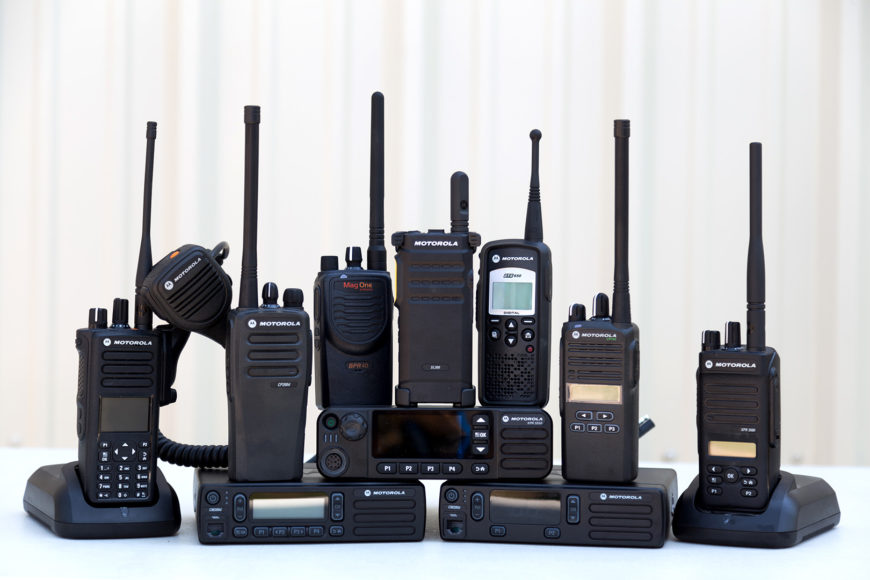Human beings have an innate desire to remain in touch with others close to them. Although mobiles dominate the current way of communication, the usefulness of two-way radios in specific situations cannot be denied. They are a cost-efficient option for many. You can use them for various purposes, like a skiing holiday, at an event, or on a camping trip. For instance, Motorola two way radios with built-in voice scrambling facilitate greater privacy and better communication.
Today, there’s a massive selection of such radios available in the market. It can be slightly tricky to distinguish between them to find something that fulfils your need in this scenario. This article will explain certain crucial features of these devices that will enable you to purchase a suitable model.
Consider the Maximum Range
It is one of the most crucial factors to take into account. The maximum range available on a consumer two-way radio that uses a PMR446 frequency on a 0.5W transmit power is 10 kilometres. But that can only be attained in perfect conditions, consisting of a high altitude with zero hindrances between the two devices. In a built-up environment, the highest range will be significantly lower. So, a high-quality radio must give sufficient range for most of its users.
Think about How Many Handsets You Require
When buying two-way radios, you also need to reflect on how many handsets you require. If you’re going for a camping trip, then a twin set will prove to be adequate. However, places like busy warehouses will need more handsets to facilitate everyone to stay connected. Fortunately, when you purchase in bulk, the cost of every handset lowers. There’s also the option of purchasing a single handset if you wish to enhance your setup sometime ahead.
Consider the Number of Channels
Channels are a method to divide the frequency of two-way radio. It allows a user to communicate with several people without the need for everyone to talk over each other. Most two-way radios that are license-free have channels ranging from 8 to 16 in number. They tune the frequency on which the communications between the handsets take place. But you can also find radios that do away with the requirement for licensing, like the Motorola two way radios. They operate on 80 channel CB. Thus, they are perfect for a small operation that desires a device designed to the commercial quality they require.
Consider the Type of Battery
You can find some two-way radios driven by regular alkaline batteries. There are also others that have rechargeable batteries. Here you need to consider your requirements. Consider a model driven by a regular battery if you decide to use the device for more than 2 to 3 days and know that you will not have uninterrupted access to a power outlet. For everyday use, two-way radios that come with rechargeable batteries are sufficient. It’s because the expenses of battery replacement can add up very quickly. Also, used batteries are not suitable for the environment.
Look Into the VOX Feature
VOX stands for Voice Activated Transmit. It enables you to employ two-way radios hands-free. The feature can prove to be quite helpful when you are engaging in a sport like mountain climbing. When you activate this mode, the microphone of the radio remains on throughout the day. On picking up your voice’s sound, it will start transmitting automatically. When you stop speaking, it will switch off automatically.
These were some key points to note when you are planning to buy a two-way radio. According to your need, you may find some features more useful than others. So, it’s necessary to assess your requirements and choose one accordingly.
Author Bio:
Alison Lurie is a farmer of words in the field of creativity. She is an experienced independent content writer with a demonstrated history of working in the writing and editing industry. She is a multi-niche content chef who loves cooking new things.
